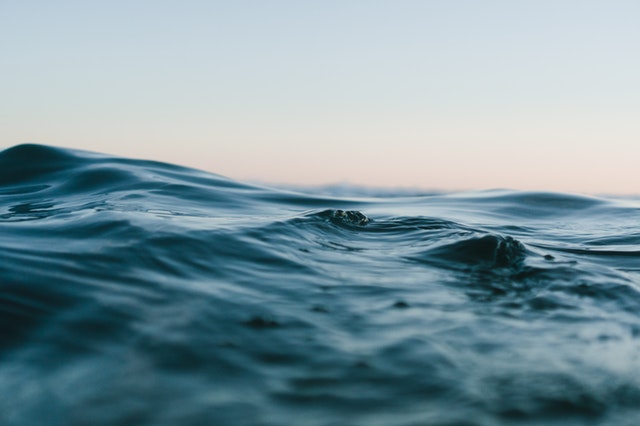Executive Summary
A feature is a longer story about a political, cultural, social, business or other topic. Such topics can either be closely linked to water issues or a specific aspect of water management or resources becomes the feature topic itself. There are many different types of feature stories.
A feature informs and does not make overt judgments (unlike a commentary). But it can be written in a compelling or lively way that stimulates the reader’s imagination.
Readers draw their own conclusions about the feature’s subject matter because of the interviews, details, scenes and quotes the writer has chosen to include. A feature shows rather than tells.
How is a feature constructed?
A feature is best at a minimum of around 1,000 words. Some features are much longer though, with magazines publishing anything between 4,000 and even 10,000 words on one subject.
There are many ways to write a feature. Often a feature will switch between lively scenes from real life and factual information. The facts are there to explain the scenes. They are organised according to the scenes. The most interesting scenes and facts should be evenly spread throughout the whole feature story. A feature cannot be shortened from the bottom of the story.
What kinds of features are there?
There are many different types of feature stories, from eye-witness accounts, where the journalist tells what it was like to live in a place without access to safe drinking water, in the same way that a documentary film would - to longer, well-researched investigative features, that go into depth about a subject and that may include analysis, background of all kinds and more than a dozen interviews.
Some examples of features that are relevant for water reporting include:
- News features
- News backgrounders or analysis
- Cultural features
- Eye-witness accounts
- Investigative features
- Literary features
- Profiles
In practice, the various formats often overlap. For example, a news feature will often include the same kind of information as a profile, particularly when the feature focuses on one main protagonist, or interviewee. A profile will often include some of the same information a feature may have. For instance, the scene in which the profile’s subject meets the journalist may be explained or described.
How is a feature written?
There are no hard and fast rules about the language used in a feature, only some general guidelines.
- The language should be convincing and vivid.
- The language should show, and not tell (or judge).
- The language should have a style unique to the writer and the story.
Checklist
- Is there a location (or several) that sets the scene for this topic?
- Are there protagonists who provide a central focus for this topic?
- Are the protagonists presenting different sides of the story? Are their stories sufficiently different from one another, so as to provide a complete picture of what is happening?
- Is there a thread, or central theme, that runs through the entire feature story?
- Are the facts and scenes well combined? Are they logical in the way they connect to one another?
- Does the beginning of the feature make the reader want to know more? Does the end of the feature feel like a good, rounded conclusion, with connections to teh central theme?
Shortcuts to Journalism: The Basics of Print, Online and Broadcast Reporting
When basic questions about journalism come up, this handbook, written and produced by Media in Cooperation and Transition (MICT), provides clear, brief and precise answers. Shortcuts to Journalism isn’t just for journalists – it’s also helpful for non-journalists. Download the English version here or the Arabic version here.
Schmidt, E., Tirok, M. and Bösch, M. (2016): Shortcuts to Journalism: The Basics of Print, Online and Broadcast Reporting. Berlin, Germany: Media in Cooperation and Transition gGmbH PDFPink Gold Rush: How intensive Shrimp Farming turned a green Landscape into a watery Wasteland
Excellent example of a feature story on the effects of unsustainable shrimp farming on water and what should be done about it. The article won the Developing Asia Journalism Award (DAJA) in 2012.
Dhakar Courier (2012): Pink Gold Rush: How intensive Shrimp Farming turned a green Landscape into a watery Wasteland. Bangladesh: Cosmos Group URL

